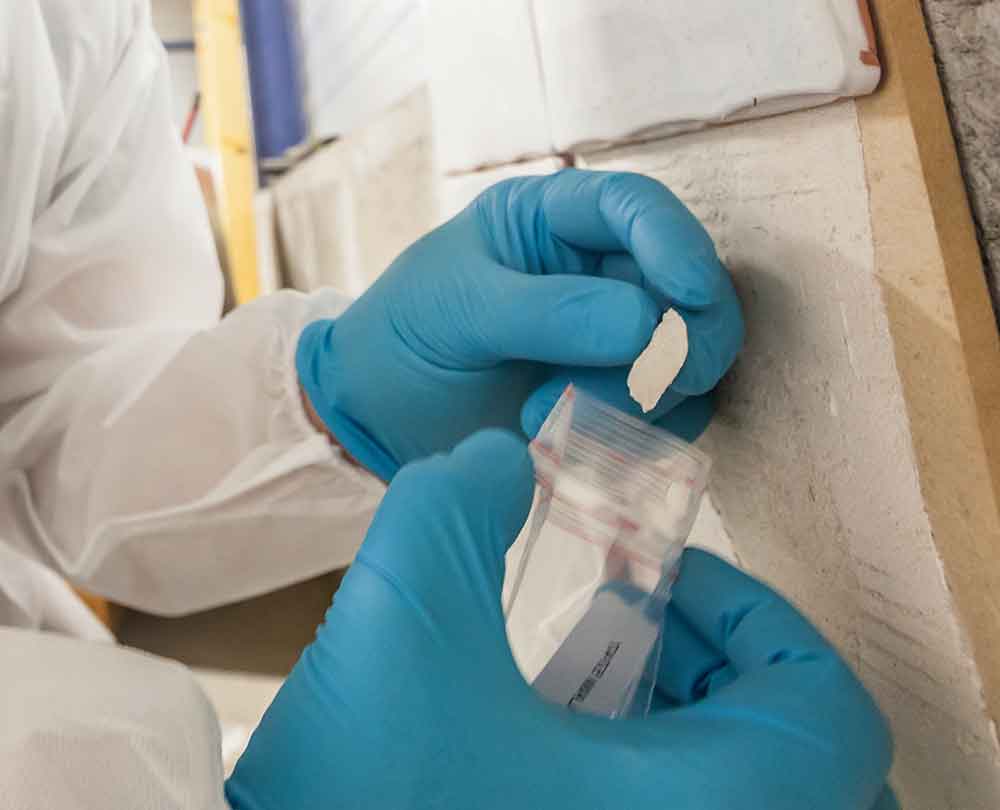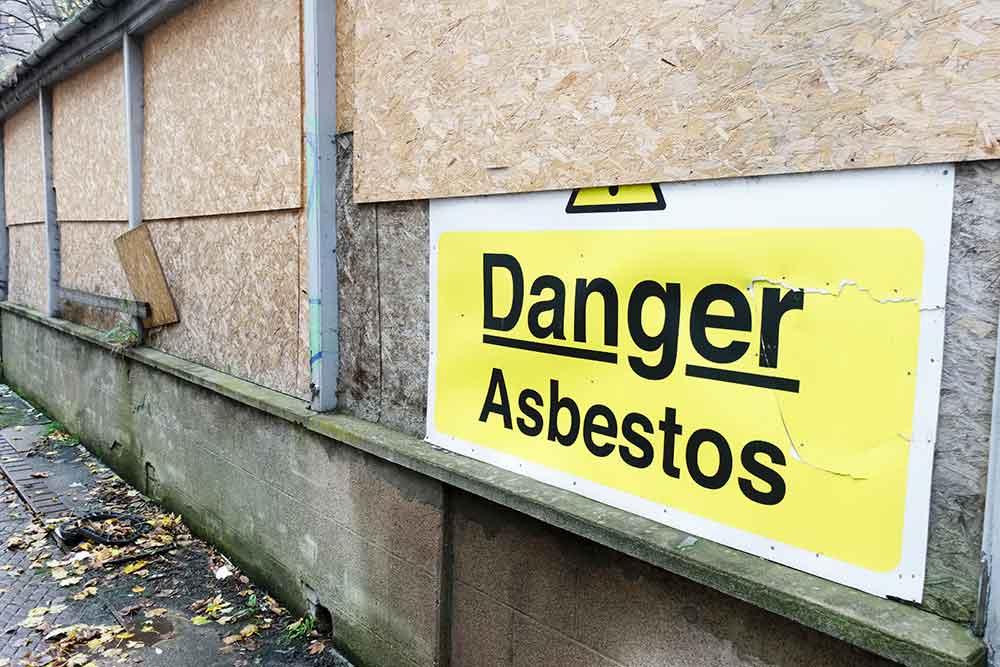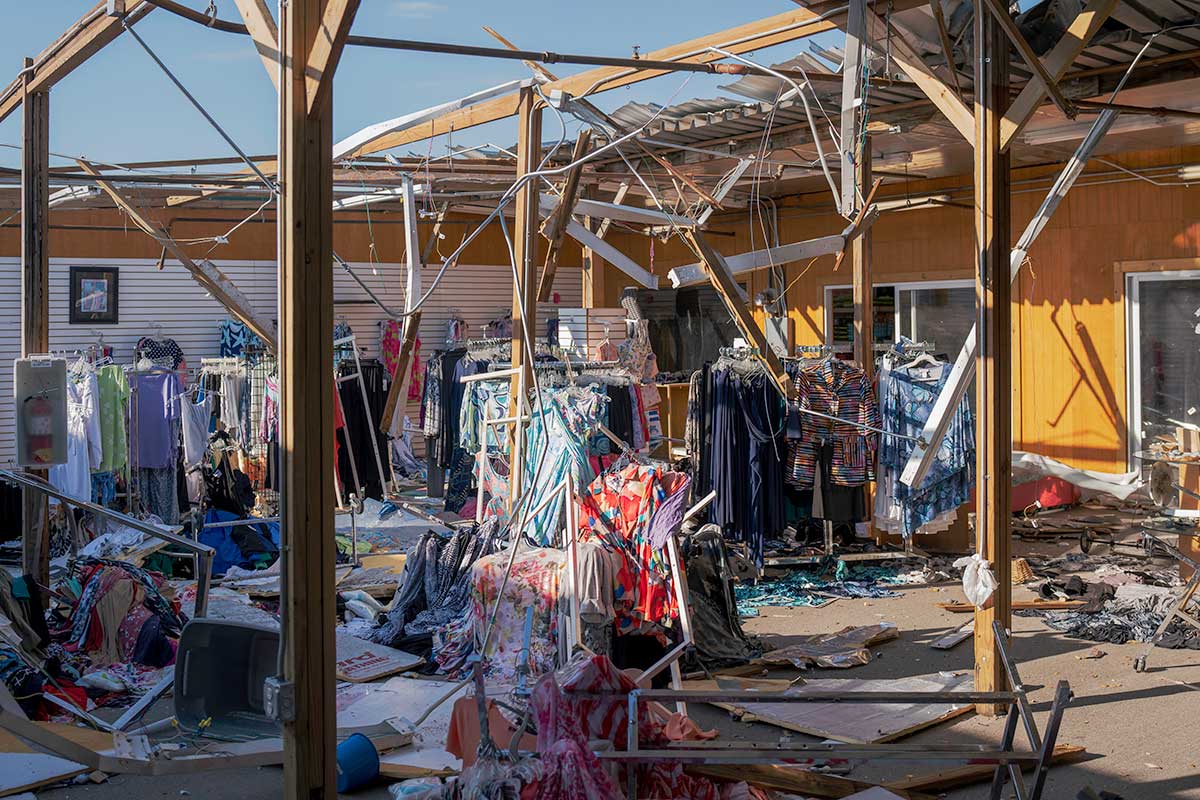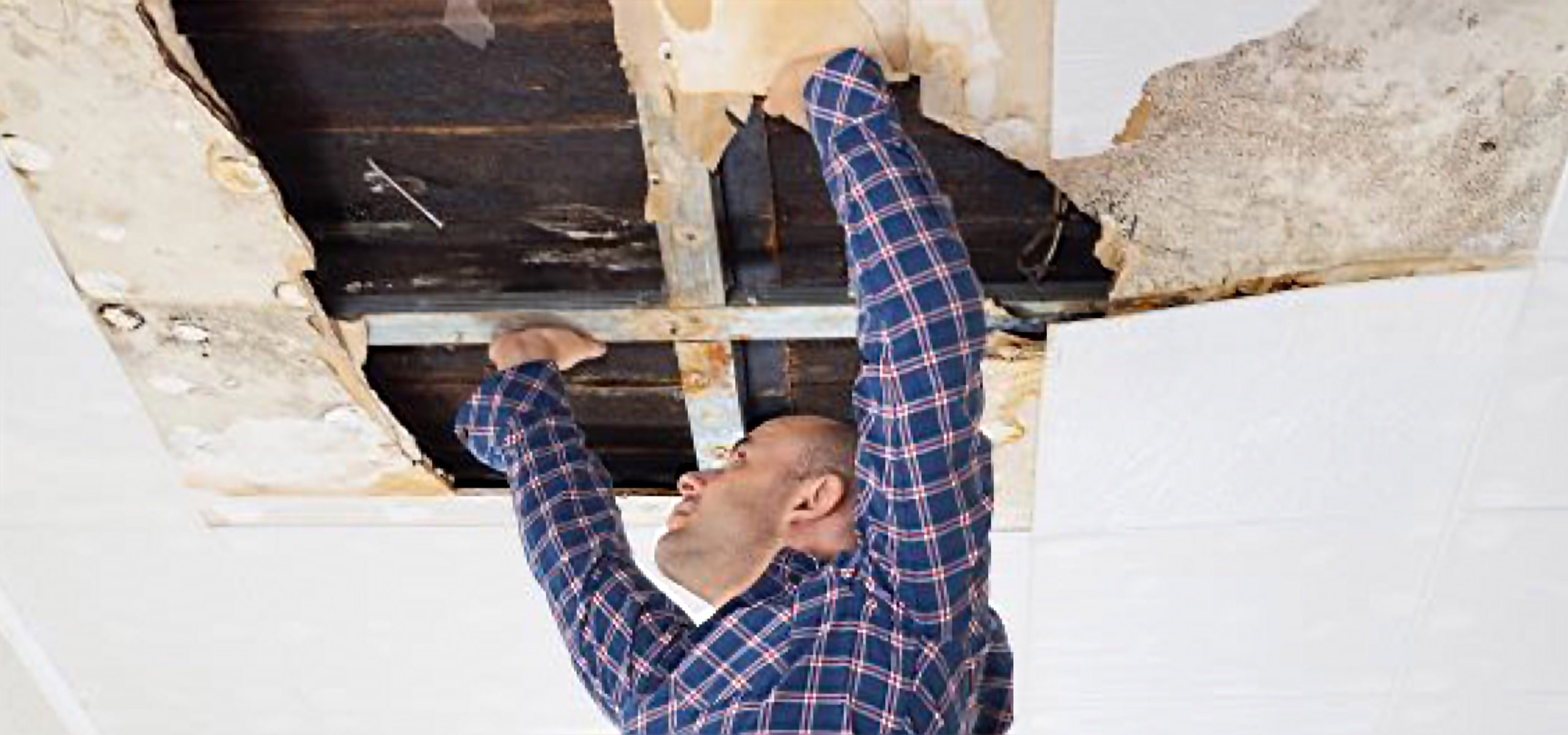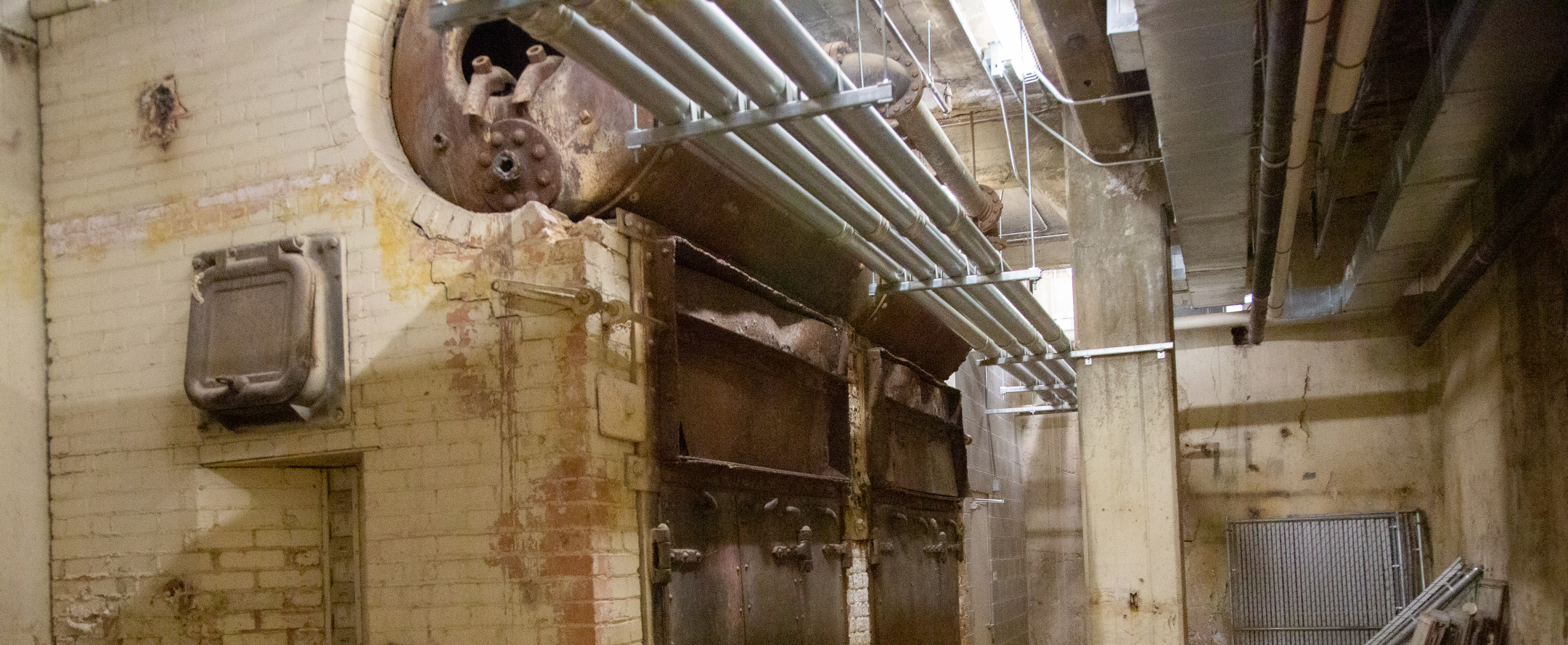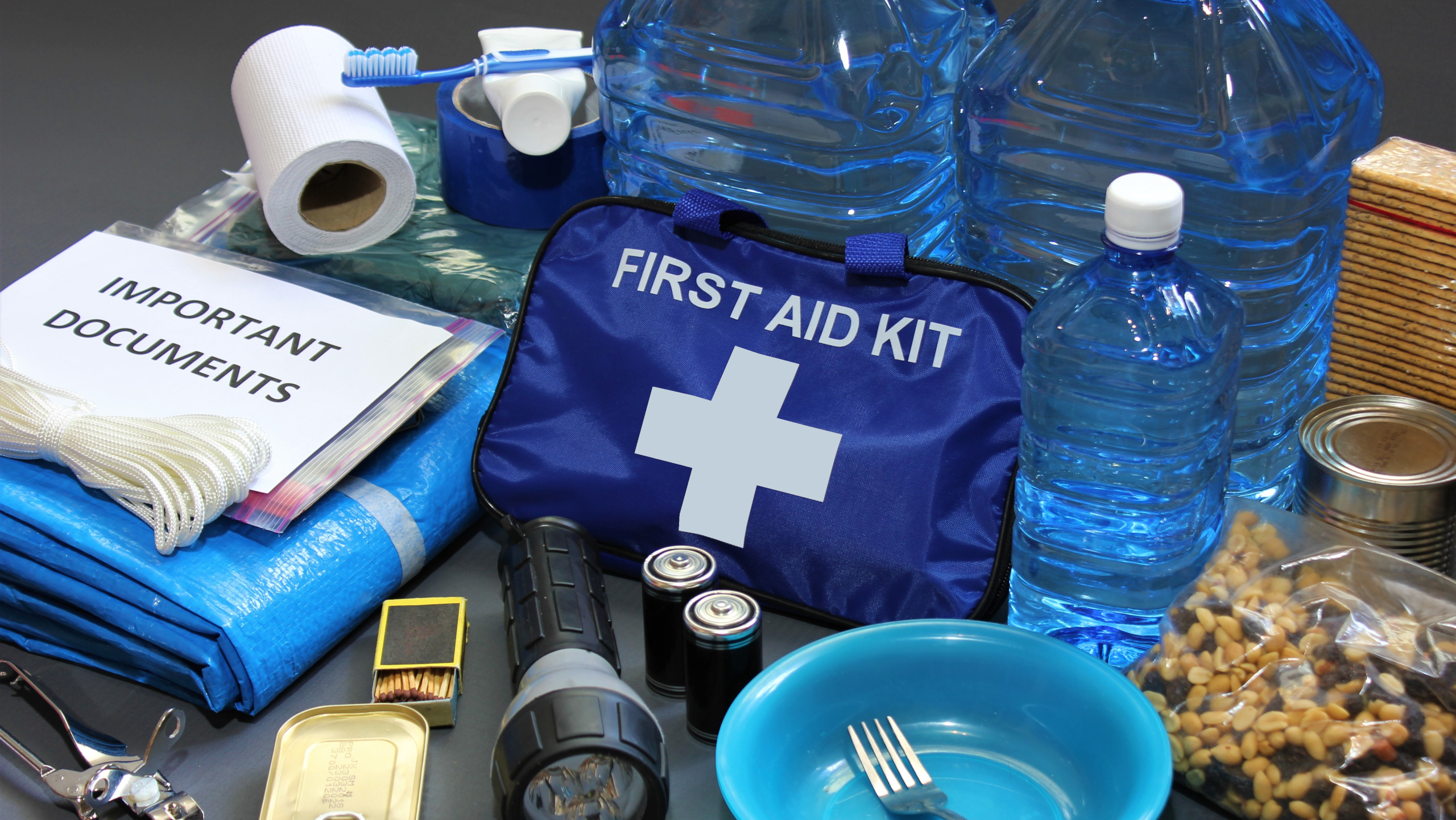asbestos abatement
take care of Asbestos with safety in mind
Think you have an asbestos problem? It’s important to sample building materials that have been or could be disturbed in your property for asbestos-containing materials to help you mitigate risk, reduce contingent liability, and ensure your property remains safe from an asbestos release, protecting your building’s occupants.
Asbestos has been used in over 3,000 different products in the United States and Canada. Asbestos is banned in 60 countries, though not in the United States. Asbestos may be found in gypsum drywall and drywall finish compound imported into the United States as recently as 2020.
Common Items with Asbestos
Asbestos Abatement Process
our Services go beyond
A LEADER IN PROPERTY RESTORATION
Discover the certifications and memberships we’ve received from third-party industry organizations.

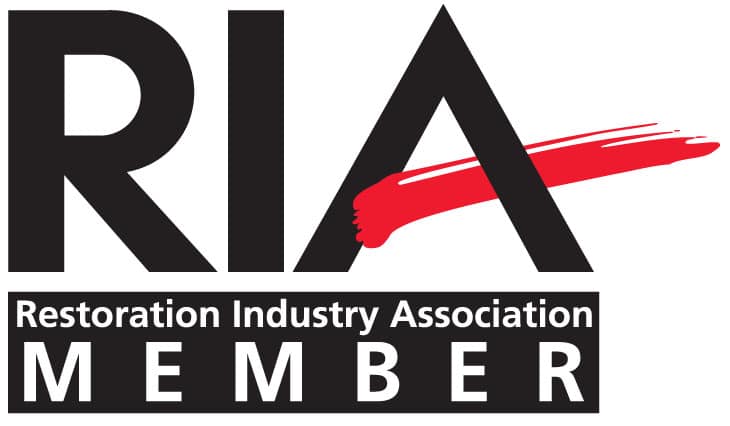
![iicrccertifiedlogo [converted]](https://firstonsite.com/wp-content/uploads/iicrccertifiedlogo-converted.png)

Let us help you prepare for the unexpected
When disaster strikes, knowing what to expect can make a world of difference. Discover what our specialists have to say about preparing for disaster, expediting recovery, and everything in between. We’re here to help, always.
